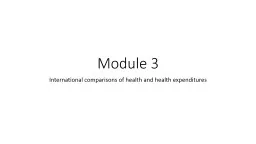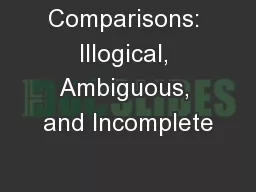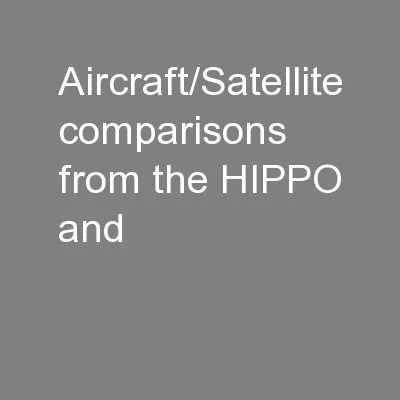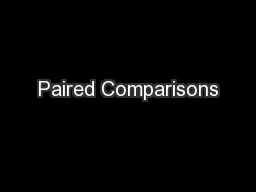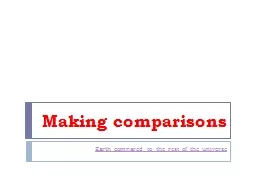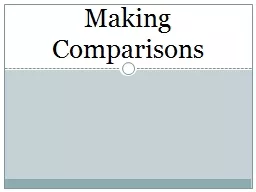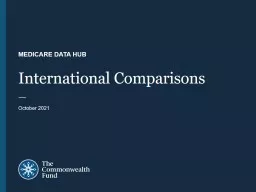PPT-Module 3 International comparisons of health and health expenditures
Author : conchita-marotz | Published Date : 2018-03-19
Correctly understand how to read numbers Oftentimes you will see something that says in millions 16244600 What about 68 in billions What about 06 in trillions
Presentation Embed Code
Download Presentation
Download Presentation The PPT/PDF document "Module 3 International comparisons of he..." is the property of its rightful owner. Permission is granted to download and print the materials on this website for personal, non-commercial use only, and to display it on your personal computer provided you do not modify the materials and that you retain all copyright notices contained in the materials. By downloading content from our website, you accept the terms of this agreement.
Module 3 International comparisons of health and health expenditures: Transcript
Download Rules Of Document
"Module 3 International comparisons of health and health expenditures"The content belongs to its owner. You may download and print it for personal use, without modification, and keep all copyright notices. By downloading, you agree to these terms.
Related Documents

